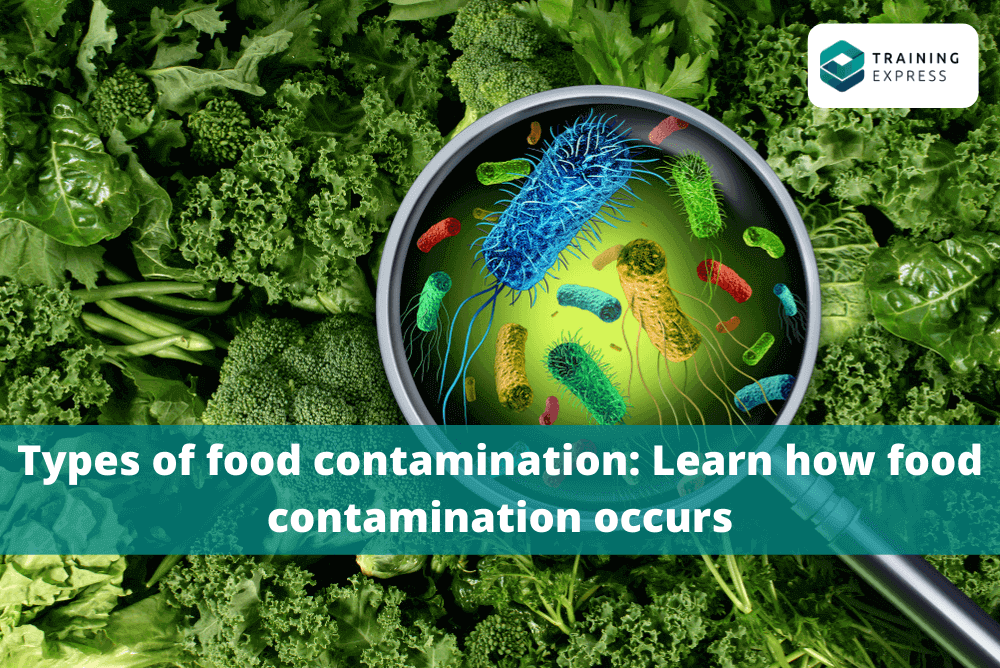In simple words, food contamination is the contamination of the food we consume. It can happen in any possible way. Food contamination occurs when the food comes in touch with another corrupting substance, such as physical, biological, chemical etc.
Food contamination is a grave issue for anyone working in the food industry, for the consumers too. Therefore, even if you don’t work in the food industry, you should be well aware of the ins and outs of food contamination.
When manufacturers find a certain batch of their food contaminated, terror is what comes first to their minds, starting from the factory floor employees to the management of the company. Food that’s been corrupted by anything – from listeria or salmonella to a little broken piece of glass or metal – can cause serious harm to the health of the consumer, or even death!
Now, there are a few types of food contamination. The most common are physical contamination, biological contamination, chemical contamination, cross contamination and allergenic contamination. If your food gets contaminated, it has quite surely got contaminated by any of the mentioned means.
Now, let’s have a clear understanding of each of these types of contamination in the writing down below.
